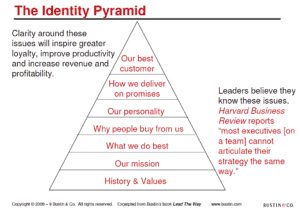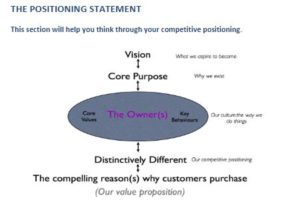A part time CFO is the ideal solution for SME businesses looking to scale, who can’t afford or don’t need a full time resource. One of our clients recently said “it’s the best money I’ve ever spent”.
That’s because a part-time CFO will provide your company with the high-level financial expertise necessary to increase profit, improve cash flow and scale up, for a fraction of the cost of a full-time CFO.
Here are the top seven advantages you can expect when you hire a part-time CFO.
1. Increased Profit
The number one thing most business owners want! Having a part time CFO on your team, with their years of commercial experience across many industries, they can increase profits of most businesses by tweaking the levers every business has to increase profit. For this reason alone, it’s worth considering a part time CFO.
2. Strategic advice
Your part-time CFO will provide you with strategic analysis and support on every financial aspect of your business. A report from the Financial Executives Research Foundation (FERF) found CFOs play key roles in not only managing a company’s finances but also in setting broader strategic goals and establishing and achieving financial and non-financial milestones. What’s more, part time CFOs can highlight potential threats or risks of which you and your team may be unaware or perhaps don’t know how to deal with.
3. Flexibility
You can use the services of your part time CFO for what you need, when you need it. That could be for a variety of different financial functions or a specific project. This means you and your CFO can tailor the role to suit your company’s needs at any time.
4. Multiple industry experience
Although you can choose to work with part time CFOs who have direct experience in your given industry, you can also opt to work with those that have experience across multiple industries. The advantage will be that your CFO will provide you with access to networks and multi-layered insights that you might not otherwise have.
5. Sounding board
Running a company can often be a lonely and stressful experience for CEOs, according to The CFO Centre’s Chairman Colin Mills in his book ‘Scaling Up How to Take Your Business to the Next Level Without Losing Control and Running Out of Cash’. He’s seen first-hand what pressure does to business owners.
“I’ve sat in sales meetings with entrepreneurs who had literally been brought to tears by stress and frustration and the feeling that it’s all too much.”
That’s where a part-time CFO can help. He or she can act as an independent sounding board for the over-burdened, stressed-out business owner. With their ‘big business’ experience, it’s more than likely CFOs can provide solutions to what can seem like overwhelming problems to the CEOs of growing businesses.
6. Access to a national and international network
If you choose a part-time CFO from an organisation like The CFO Centre, you’ll benefit from the expertise from all the CFOs in its worldwide network. That’s hundreds of years of experience in every aspect of finance—all for a fraction of the cost of employing a single full-time CFO.
7. Enjoy life through your business, sooner
With the help of a part time CFO, your business will start delivering on what’s really important to you so you get to live the life you choose (eg. more time with family, more time on rather than in your business).
To discover how the CFO Centre will help your company, please call us on 1300 447 740, contact us or watch our short video How it Works.










